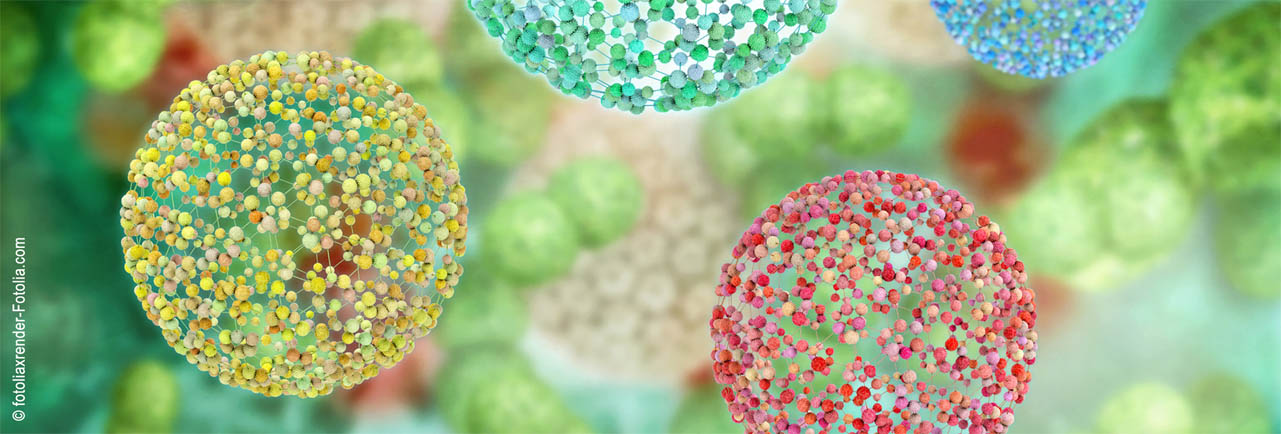Speaker
Description
Water-in-water emulsions (W/W) are formed by mixing aqueous solutions of macromolecules which are immiscible. When shaken, they phase separate to form a dispersed phase consist majorly of one macromolecule in a continuous phase of another [1]. One of the main challenges in the application of w/w emulsions is their stability. Unlike oil in water emulsions, w/w emulsions cannot be stabilized by molecular surfactants because of their low interfacial tension and larger width of W/W interface [2]. Recent studies have shown that w/w emulsions can be stabilized by linear homopolymers such as polysaccharides containing charge and hydrophobicity (for eg: chitosan) [1]. The charged group ensures electrostatic repulsion between different droplets, while hydrophobic units cause weak attractive interactions between the chains adsorbed at the interface [4].
k-carrageenan is an anionic polysaccharide that is widely used in the food industry due to its excellent physical functional properties such as gelling, thickening, and stabilizing abilities [5]. K-car is sensitive to ionic interactions with anions and cations [6]. Among them, the most interesting interaction is with potassium ions, which induce conformational changes (from coil to helix) and thereby the formation of thermoreversible gels at high concentrations [6]. In its native state, k-car can’t stabilize w/w emulsions. Studies have shown that with chemical modification, i.e, the introduction of hydrophobic groups such as acetyl groups, it can have the ability to stabilize the w/w emulsions [4]. The aim of this project is to study in detail the mechanism of stabilization by k-car, the influence of conformational changes in stabilization, and the effect of hydrophobic modification on the properties of k-carrageenan and its physical and chemical characterization.
The purified and acetylated k-car is characterized by NMR, TGA, SEC, light scattering etc. and the emulsion stability has been followed by confocal microscopy and macroscopic observations. The preliminary works shows that the increase in hydrophobic modification positively affects its stabilization and also causes changes in its conformational transition which will affect its properties (mainly rheological) in solution and at the interface. To investigate this in details, synthesis of k-carrageenan with different degree of acetylation and its rheological studies are carrying out along with emulsion stability studies
[1] L. Tea, T. Nicolai, et F. Renou, « Stabilization of Water-In-Water Emulsions by Linear Homo-Polyelectrolytes », Langmuir, vol. 35, no 27, p. 9029‑9036, juill. 2019, doi: 10.1021/acs.langmuir.9b01604.
[2] T. Nicolai et B. Murray, « Particle stabilized water in water emulsions », Food Hydrocolloids, vol. 68, p. 157‑163, juill. 2017, doi: 10.1016/j.foodhyd.2016.08.036.
[3] A. Gonzalez-Jordan, T. Nicolai, et L. Benyahia, « Enhancement of the particle stabilization of water-in-water emulsions by modulating the phase preference of the particles », Journal of Colloid and Interface Science, vol. 530, p. 505‑510, nov. 2018, doi: 10.1016/j.jcis.2018.04.088.
[4] L. Tea, F. Renou, et T. Nicolai, « Effect of hydrophobicity and molar mass on the capacity of chitosan and κ-carrageenan to stabilize water in water emulsions », Carbohydrate Polymers, vol. 271, p. 118423, nov. 2021, doi: 10.1016/j.carbpol.2021.118423.
[5] V. L. Campo, D. F. Kawano, D. B. da Silva, et I. Carvalho, « Carrageenans: Biological properties, chemical modifications and structural analysis – A review », Carbohydrate Polymers, vol. 77, no 2, p. 167‑180, juin 2009, doi: 10.1016/j.carbpol.2009.01.020.
[6] A. Tecante, M. del C. N. Santiago, A. Tecante, et M. del C. N. Santiago, Solution Properties of κ-Carrageenan and Its Interaction with Other Polysaccharides in Aqueous Media. IntechOpen, 2012. doi: 10.5772/36619.

